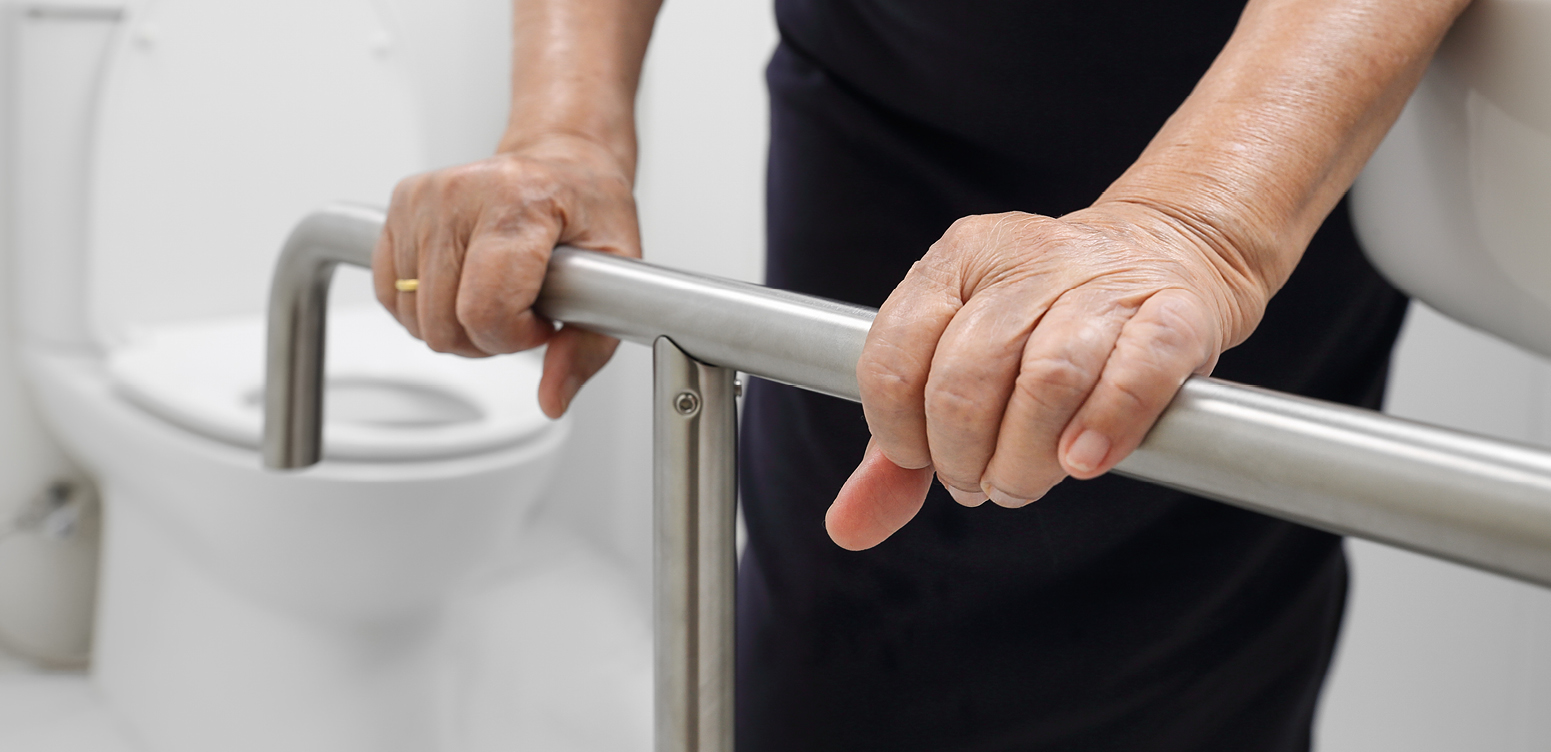
A new report has warned that too many homes in Scotland are unfit for an ageing population.
In its Homes Fit for the Future report, the Scottish Federation of Housing Associations (SFHA) says more than 70% of the country’s housing stock was built before 1982.
Within 20 years, more than a quarter of Scotland’s population will be aged 65 or over. SFHA has raised concerns about the impact unsuitable housing already has on disabled and older people and has warned the situation will worsen and also have ‘severe’ consequences for the NHS and social care.
Making homes accessible can involve a range of changes, from installing grab rails and stairlifts to door entry systems and wet rooms. However, it can also mean a greater emphasis on how homes are designed initially, such as ensuring entrances and corridors are wide enough to support wheelchair users.
As well as calling for a national accessible housing strategy, SFHA has said new-build homes across all forms of housing should be built to a common design standard, ensuring they are accessible for elderly and disabled people.
It has also called on MSPs to make sure grant levels for social housing allow investment in smart technologies, such as digital applications including fall-detection sensors and voice-enabled companions which allow residents to live independently at home and also alert health and social care providers, friends and family if support is required.
SFHA policy manager Susie Fitton, who authored the report, said, “The devastating impact of Scotland’s housing emergency is well-documented. We desperately need more homes being built, but we need to be strategic about the design of these homes to ensure they will serve the needs of people as they age. Most of our current housing stock was designed for a previous century and we must update our approach.
“Across Scotland there are around 78,000 people we currently know need an adaptation to live independently in their home. The real number is likely to be higher and it will only climb as our population gets older.
“We want to see a national accessible housing strategy. Policymakers must ensure that the funding and systems in place for delivering adaptations are significantly improved to meet the need. And the best way to make our homes fit for the future will be through making them accessible in the first place, which is why we need a common design standard across all types of homes.
“Meeting the needs of our ageing population will require radical and innovative solutions which includes embracing technological change. Given technology can allow people to live independently and prevent injuries and hospital admissions, then policymakers must ensure social housing grant levels are enough to invest in such preventative technology from the outset when building new homes.”











